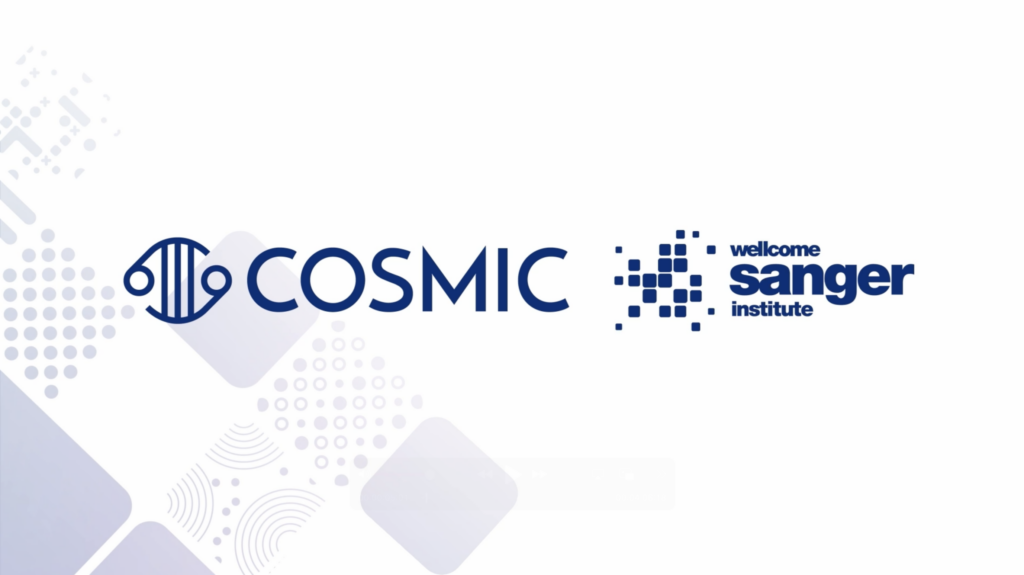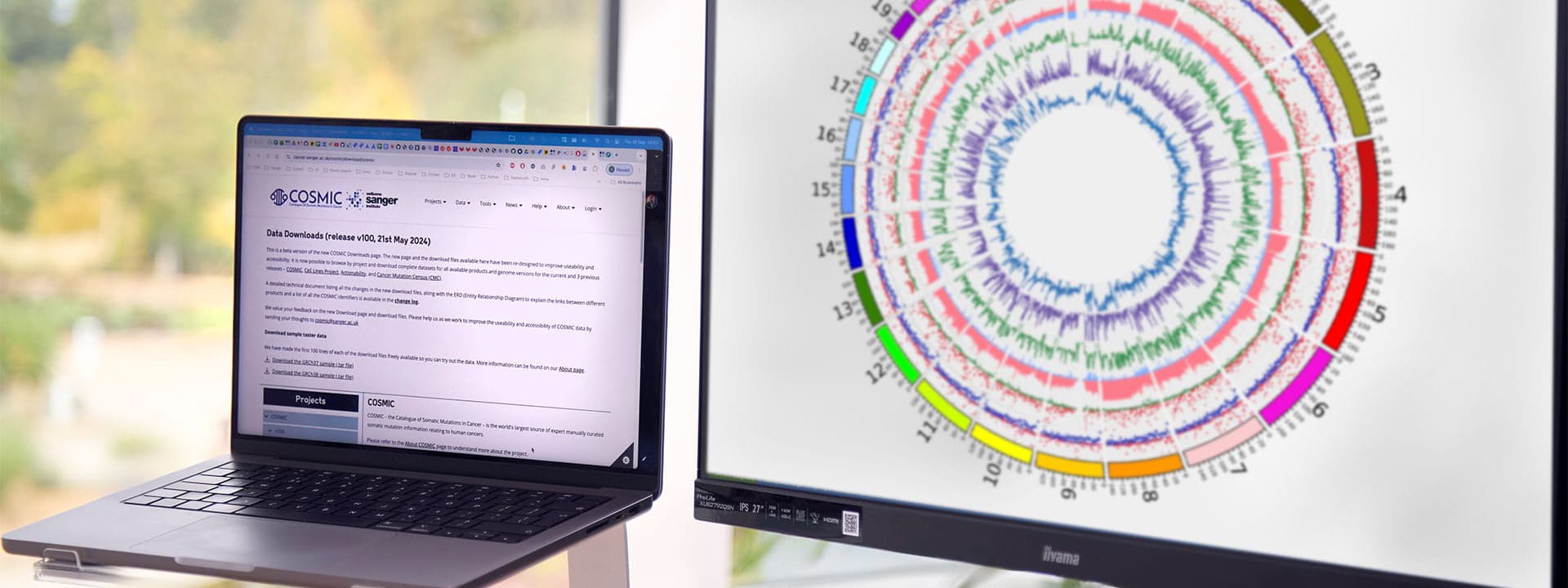Tracking the progress of ERBB2-targeted therapies from early case studies to market with COSMIC Actionability

Tracking the progress of ERBB2-targeted therapies from early case studies to market with COSMIC Actionability
You can read the original post here
The latest COSMIC Actionability release is here with a focus on the ERBB2 gene. Before we delve into the trove of data the new release offers, we explain what COSMIC Actionability is and how it’s designed to support your precision oncology activities.
What is COSMIC Actionability?
COSMIC, the Catalogue of Somatic Mutations in Cancer, is an online, expert-curated database encompassing the wide variety of somatic mutation mechanisms causing human cancer. Founded and maintained by the Wellcome Sanger Institute and exclusively licensed through QIAGEN Digital Insights, COSMIC holds details on millions of mutations across thousands of cancer types to help users identify biomarkers and annotate variants.
COSMIC Actionability is a feature within the database that indicates the availability of drugs that target mutations in cancer and tracks the progress of clinical studies towards making new drugs available. These drugs are covered at all stages of development — from early case studies to safety and clinical phases, all the way to market. Actionability data is updated and structured so you can get the latest information on drug repurposing, monitor the drug development landscape and identify emerging biomarkers that may be useful in label expansion.
The ERBB2 Spotlight
ERBB2 gene amplification — a well-studied cancer phenomena
The new-found relevance of ERBB2 mutations
ERBB2 mutations have only just emerged as a therapeutic target in solid tumors. Historically, and due to how low its occurrence is, ERBB2 mutations have not received as much attention as ERBB2 amplification. Now, newer clinical studies of targeted therapies for ERBB2-mutant cancers are delivering encouraging results in solid tumors, especially breast cancer and non-small cell lung cancer. Previous clinical trials have indicated that treatment efficacy varies according to the location of the ERBB2 mutation. While ERBB2 mutations appear more often in the tyrosine kinase domain region, there is still some variation in mutational hotspots in different cancer types. In one study, patients with ERBB2 kinase domain point mutations treated with neratinib (pan-HER tyrosine kinase inhibitor) had a response rate of 21.4%, while patients with exon 20 insertions had a 7.1% response [1]. These variant- specific dissimilarities in clinical outcomes show that a more in-depth understanding of ERBB2 mutations is crucial to developing effective therapies.
Using COSMIC Actionability to support drug repurposing for ERBB2 alterations
Drug discovery and development can be very expensive and slow. Repurposing existing drugs to treat diseases with little to no effective therapies is a valid approach many are starting to take. New candidate therapies based on existing drugs can quickly move through the regulatory process and become more easily embedded into care pathways. To repurpose drugs safely, effectively and efficiently, data on their failure — why the drugs are not effective or safe, why they have been withdrawn, and why development has been halted — must be readily available for investigation. That’s precisely what COSMIC Actionability provides.
COSMIC Actionability data on drugs for ERBB2 alterations
What the latest COSMIC Actionability release tells you about drugs for ERBB2 alterations where development has been stopped
Label expansion
Label expansion studies are frequently conducted to seek regulatory approval to expand the indications for a drug. Supplementary clinical data is needed to show the drug can safely and effectively treat patient groups other than the ones for which it was initially intended. COSMIC Actionability keeps track of how many trials are currently in development and if you can use an approved drug in other indications.
Which ERBB2-focused trials are currently investigating approved drugs in other indications and their phases
Discover biomarkers and stay current on the drug development landscape
Drugs in development, terminated, or withdrawn for ERBB2 amplification in gastric cancers (including GIST at GE junction)
Are there any ERBB2 point mutations that show significant response with off-label use of
FDA-approved therapies?
There are 3 trials looking at FDA-approved drugs for other indications that either select or plan to correlate efficacy with ERBB2 mutations. All the trials are in phase II. One has been terminated due to slow accrual. Another has been completed with an ORR of 19% — likely not high enough to take it to phase III. The remaining trial is active but not recruiting, with an ORR of 55% and PFS of 8.2 months, OS of 17.2 months. It has no control, so no statistically significant results, but it is likely to go on to phase III.
The Bottomline
COSMIC Actionability is indispensable to investigations focused on drugs targeting specific mutations in cancer. The new release focuses on ERBB2 alterations and highlights just how useful COSMIC Actionability can be for any target of choice. With its regularly updated content, you can stay up-to-date on the latest drug developments in the precision oncology space.
References
1. Park S, Ahn S, Kim DG, Kim H, Kang SY, Kim KM. High Frequency of Juxtamembrane Domain ERBB2Mutation in Gastric Cancer. Cancer Genomics Proteomics. 2022;19(1):105 112. doi:10.21873/cgp.20307
2. Wahdan-Alaswad R, Liu B, Thor AD. Targeted lapatinib anti-HER2/ErbB2 therapy resistance in breast cancer: opportunities to overcome a difficult problem. Cancer Drug Resist 2020;3:179-98. http://dx.doi.org/10.20517/cdr.2019.92
3. Pushpakom, S., Iorio, F., Eyers, P. et al. Drug repurposing: progress, challenges and recommendations. Nat Rev Drug Discov 18, 41–58 (2019). https://doi.org/10.1038/nrd.2018.168



